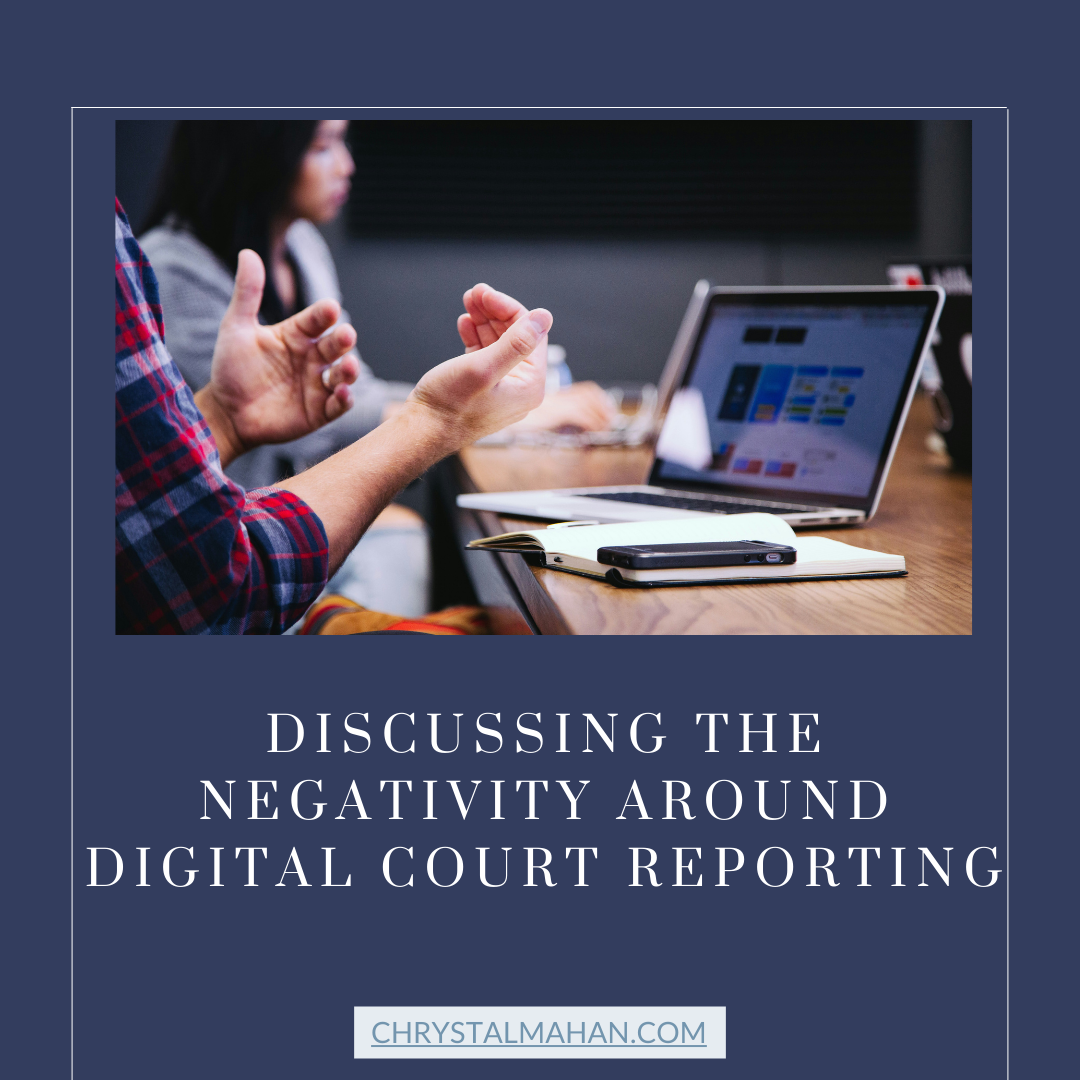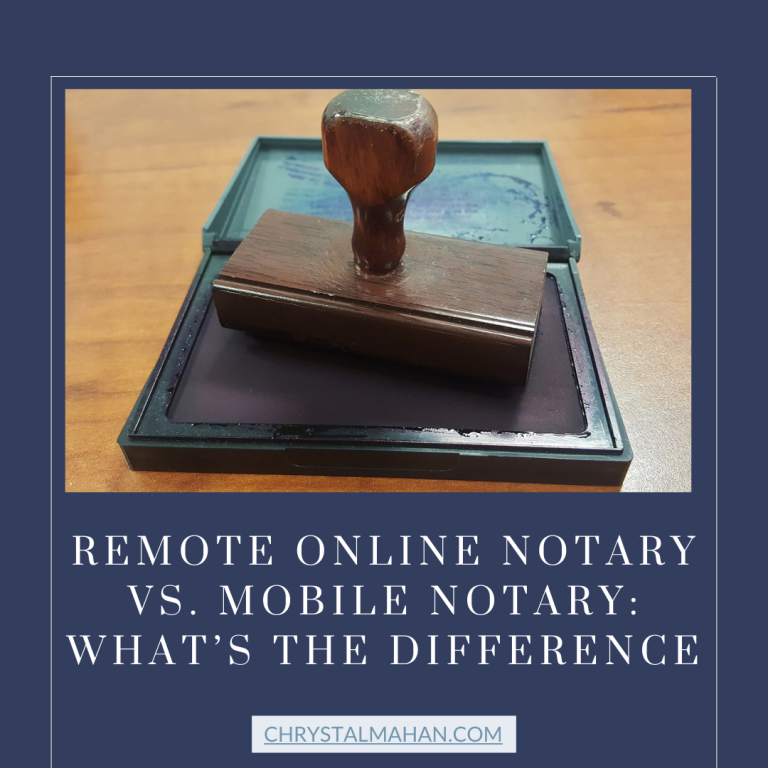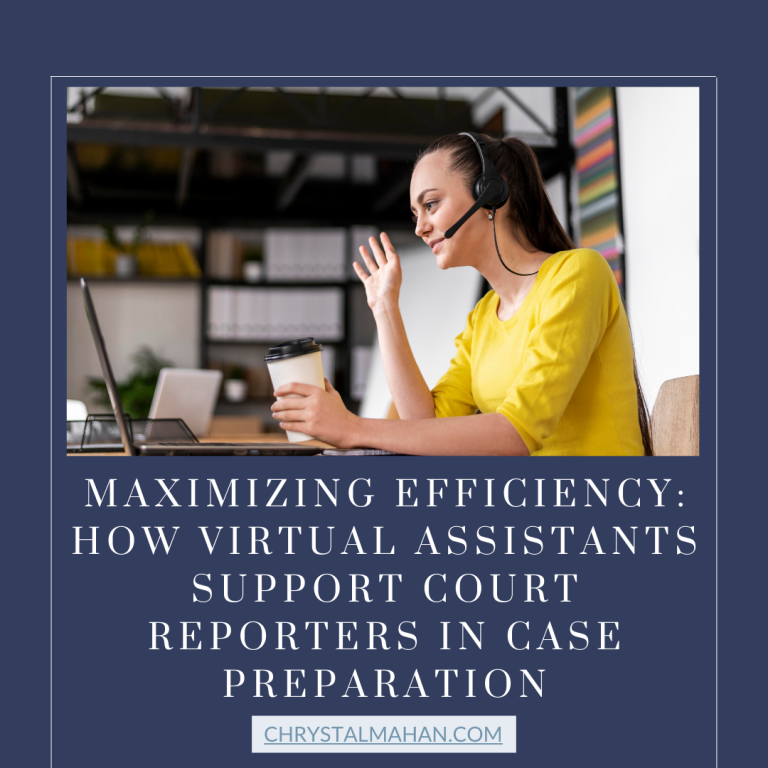Discussing the Negativity Around Digital Court Reporting


In the fast-paced world of legal proceedings, technological advancements are often met with excitement and skepticism. One such innovation is digital court reporting, which has sparked significant debate within the legal community. Critics argue that it lacks the reliability of traditional stenography, raising concerns about accuracy and job displacement. But is this negativity warranted, or is it a resistance to change that overlooks the benefits digital reporting brings?
Consider a busy courtroom where every word matters. Imagine a system that not only captures spoken words with precision but also provides instant access to transcripts. This is the promise of digital court reporting, yet many remain unconvinced. The tension between tradition and technology is palpable, with seasoned court reporters fearing machines may undervalue or replace their skills. However, these concerns might overshadow the true potential of digital reporting to enhance, rather than diminish, the legal process.
As the legal landscape continues to evolve, it’s crucial to address the negativity surrounding digital court reporting. By exploring both sides of the argument, we can better understand its role in modern courtrooms and how it might complement the invaluable work of human reporters.
Navigating the Change: Adapting to Digital Innovations in the Courtroom
Change often brings uncertainty, particularly involving technological advancements like artificial intelligence (AI). Concerns about job security and the role of AI in various professions are understandable, but resisting these innovations can be counterproductive. Every industry has evolved with time, and technology has consistently played a pivotal role in these transformations. AI, in particular, has been an integral part of our technological landscape for decades, often working behind the scenes to enhance efficiency and productivity.
Having worked remotely since 2000, I have firsthand experience with the positive impact of digital services. Over the years, I have leveraged various technologies to streamline my work processes, consistently finding value in embracing new tools. Instead of viewing AI and other digital innovations as threats, we should recognize them as powerful assets. By effectively utilizing these tools, we can enhance our work and stay ahead in an ever-evolving landscape.
Rather than adopting a stance that is anti-AI, anti-technology, or resistant to change, it is far more productive to engage with these advancements proactively. Embracing technological innovation positions us to adapt to the future and empowers us to harness these tools to our advantage.
Digital Court Reporting: A Real Profession
In 2020, Court Scribes published an article called “National Court Reporters Association Pushes Back Against Digital Reporting.” And now, I wonder if this is the content that started it all. What I mean by that is that COVID-19 showed us we needed to work remotely. The world has shown us that technology is not slowing down. But Stenographers have shown their ugly side, and why? Are they worried about their jobs? They should not be. There is room enough for everyone. So, what makes a Stenographer shout that digital court reporters are not “REAL” reporters? Is it the education? So, what about digital court reporters with a master’s degree, which is well beyond court reporting education? What exactly makes someone real in their field of choice? The last time I checked, the money one makes is real enough to pay all the bills sitting there as real as possible.
In 2020, another article was published on Law.Com called, “Court Reporter Organization Proposes to Ban Fellows from Advocating Non-Stenographic Methods.” But, those against this proposal stand firm in that doing so will cause a “further division during a critical court reporter shortage.
““Because the market of stenographers has reduced so significantly and will continue to do so, they have no choice to change their model and we will see more of [using non-stenographic court reporting methods] . The NCRA [says] in its bylaws there’s an obligation to promote stenography, but that does not mean spreading misinformation about the capabilities of other technologies,” Cudahy said.” ~ Victoria Hudgins –Reporter
““ They’ve already sowed division and created a firestorm within their association based on people’s perception that stenography alone is the only acceptable matter to protect the record,” he said.” – ~ Victoria Hudgins – Reporter
Here we are, four years later, and that shortage has not ended and neither has the negativity with Stenographers.
AAERT’s Response to Negative Articles about Digital Reporting
AAERT’s Response to Negative Articles about Digital Reporting
JANET HARRIS·TUESDAY, FEBRUARY 4, 2020
Recently a number of articles have been written inciting fear and the possible “dangers” of digital court reporting. On behalf of the American Association of Electronic Reporters and Transcribers (AAERT), I would like to respond to several inaccuracies we find in these articles.
AAERT is led by a board of respected industry professionals who have been working in the government and court markets for decades. In a recent interview with Victoria Hudgins at Legaltech News on Law.com I was misidentified, misquoted and clearly misunderstood by the statements the reporter attributed to me. AAERT is a non-profit trade association founded in 1994. I currently serve as its president. AAERT’s mission has always been to provide education and certification for professionals engaged in digital (electronic) reporting, transcribing and associated roles.
In response to claims of lack of certification, AAERT provides two industry and government-recognized certifications, the Certified Electronic Reporter CER® and the Certified Electronic Transcriber CET®. Both certifications include testing on professionalism, ethics, industry and job skills. The CER® and CET® exams require an 80% score to pass the knowledge portion while the CET® also requires a 98% accuracy score to pass the practical portion of the certification. These levels exceed the minimum required scores for NCRA’s Registered Professional Reporter (RPR) certification, which has a 75% for the written and 95% accuracy for the practical passing rate.
AAERT requires all members to adhere to a strict Professional Code of Ethics or risk having their certifications revoked and their membership to the organization denied. This code is very similar to standards set by NCRA and the National Verbatim Reporters Association, the third type of court reporting used in today’s marketplace. Stenographic and verbatim voice writers can produce real-time transcripts. Automatic Speech Recognition (ASR) technology developments soon will allow digital reporters to produce a real-time transcript as well for the first time in history. All three court reporting methods have evolved with advances in technology. Those who adapt to change and embrace it are the most successful.
AAERT lays out in its Best Practices Guide minimum standards to follow to ensure the integrity of the record is preserved. AAERT recommends one digital court reporter per proceeding to continuously monitor the recording through a headset and create time-stamped annotations for quick reference, playback of questions and to streamline the production of a verbatim, certified transcript. A redundant back up recording is a best practice, as well as secure storage and back ups as a part of their business practice. Digital reporters are notary publics and appear as officers of the court in depositions. They are charged with capturing and maintaining the record. The suggestion that a digital recording alone would allow for easy altering of a proceeding is as reckless as saying a stenographic reporter would alter the actual statements of a witness when writing testimony on their steno machines, or would change the transcript to benefit one of the parties. The role of the court reporter is the same, regardless of the method. Both reporters are held to the same professional standards, to be a fair and impartial third party whose role is to preserve the integrity of the record.
The growing shortage of court reporters is increasing at an alarming rate, as demand also increases. The shortages are not only proven in the research data, but in the experience of nationwide reporting agencies struggling to have full coverage of their booked calendars. The shortage is also proven in the experience of citizens who cannot find a stenographic reporter to appear for their civil cases, especially when representing themselves in family court where many jurisdictions now only provide a steno reporter in criminal matters. Other viable methods of court reporting need to be allowed into the marketplace, and the best practices for implementing these methods also needs to be followed.
We know that not all firms, court systems and reporters will adhere to these standards no matter what organization produces them. It is up to the company or individual to choose how they will comport themselves in the industry. It is up to court administration to recognize the necessity of following best practices and educate staff who are responsible for making recordings. NCRA has no more power over individual stenographers than AAERT has over digital court reporters or agencies or courts who choose to rely on poor practices to produce poor quality recordings and transcripts full of indiscernible or inaudible notations. When the result is poor quality, most often the process in place does not follow the best practices of AAERT. We are also committed to maintaining high quality standards, the same standards NCRA has had in place and we have adopted as part of our certification as well.
Instead of being worried about the differences and going back and forth with our various articles, facts and opinions, we ask that the industry organizations come together to create a unified front for the guarding of the record. Standards on ethics, professionalism and the quality of the written record should be universal no matter how it is taken down.
By Janet Harris, CER, CET, CCVS, President AAERT, www.aaert.org aaert@aaert.org
Embracing the Future of Court Reporting
As the legal field continues to evolve, integrating digital innovations like AI in court reporting is inevitable. While concerns about accuracy, job security, and the preservation of traditional skills are valid, resisting these advancements may limit the potential for progress. By embracing these changes, the legal community can enhance efficiency, improve access to accurate records, and ensure that technology complements, rather than replaces, the essential work of human court reporters. The future of court reporting lies in a balanced approach, where tradition and innovation work hand in hand to serve the needs of the justice system.
Like what you read? Drop me a line – let’s chat over virtual coffee.
~ Chrystal






